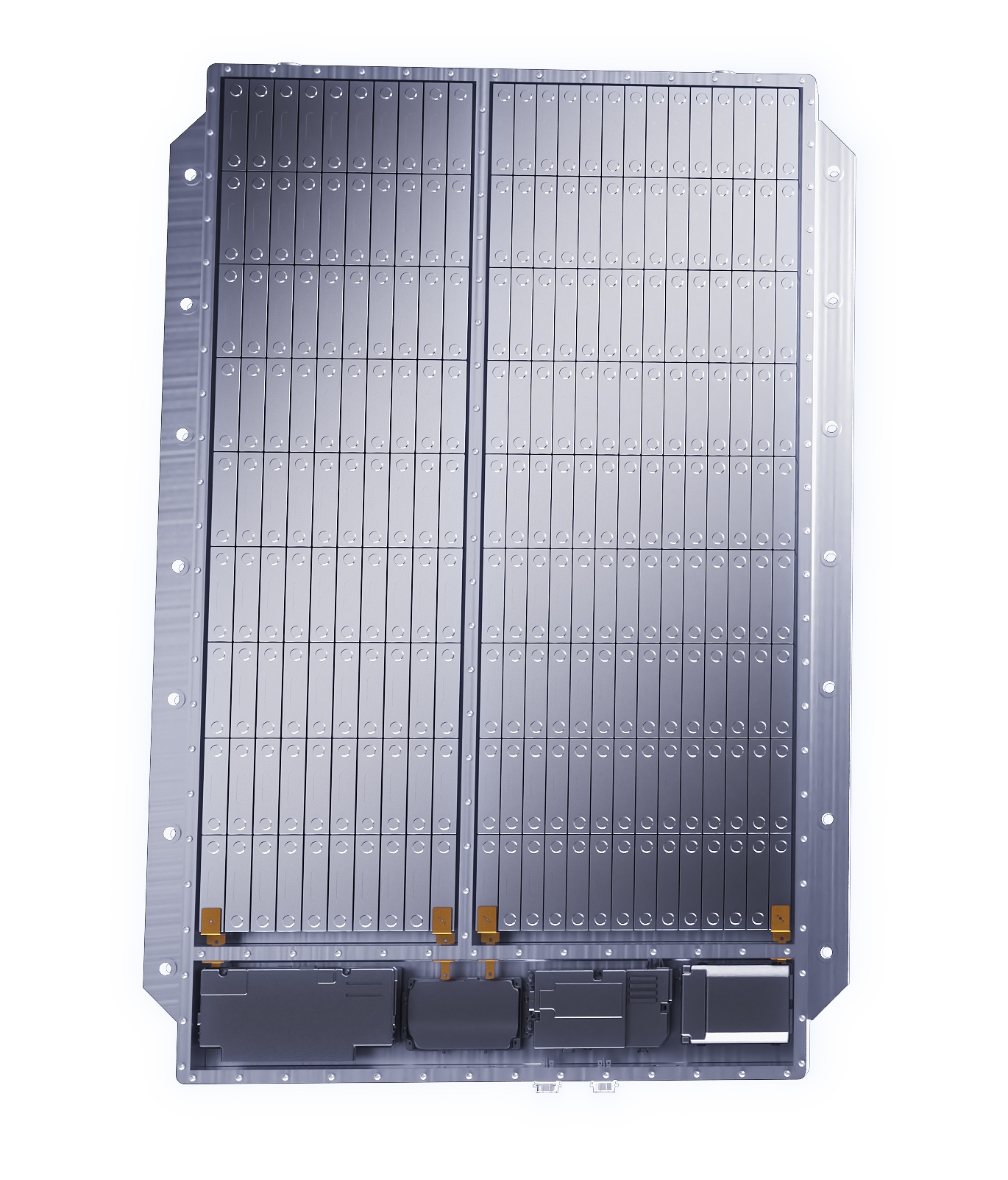At the InterBattery 2021 event in Seoul, South Korea, Samsung SDI finally announced that it’s already producing high-nickel content battery cells. Moreover, Samsung SDI confirmed that its new cylindrical and prismatic cells have different nickel concentrations.
Nickel concentration in cathode of new Samsung SDI battery cells
- Cylindrical form: 91 % - 670 Wh/L
- Prismatic form: 88 % - 630 Wh/L

With the cylindrical battery cells Samsung SDI is probably aiming to supply Tesla in China, while the Gen 5 prismatic battery cells will likely be used first in Europe later this year.
The Gen 5 prismatic battery cells are already being produced in Europe (Hungary) and could be used to give the BMW i3 its long awaited range upgrade. The FIAT 500 that currently uses the same 120 Ah cells as the BMW i3 could also benefit from an upgrade to the more energy dense Gen 5 cells. With the upgrade both electric cars could surpass 400 km of WLTP range and get a faster charging rate (above 100 kW).
Actually, prismatic battery cells with a volumetric energy density of 630 Wh/L could give the BMW i3 and the FIAT 500 a battery upgrade from 42 to 58 kWh. It would make possible a WLTP range around 440 km for the FIAT 500 and 490 km for the BMW i3, which is more than enough for small A-segment electric cars.
Previously, it was expected that Samsung would adopt NCM 811 as its next step, as we can see from its roadmap below.

Anyway, it’s curious that Korean battery cell makers adopted different high-nickel content battery chemistries.
SK Innovation chose NCM 90, Samsung SDI adopted NCA 88/91 and LG Chem went with NCMA, which is a combination of both battery technologies and delivers the best performance - at least on paper.

Looking forward to see these more energy dense, but also cheaper - with low-cobalt content - battery cells in electric cars soon.
More info:
https://en.yna.co.kr/view/AEN20210608004200320
http://www.thelec.net/news/articleView.html?idxno=2916
https://www.kedglobal.com/newsView/ked202106090011
https://www.samsungsdi.com/column/technology/detail/56458.html








































